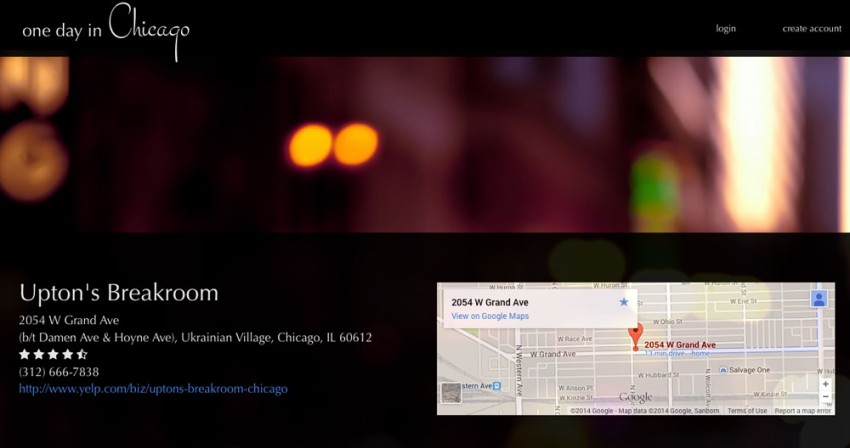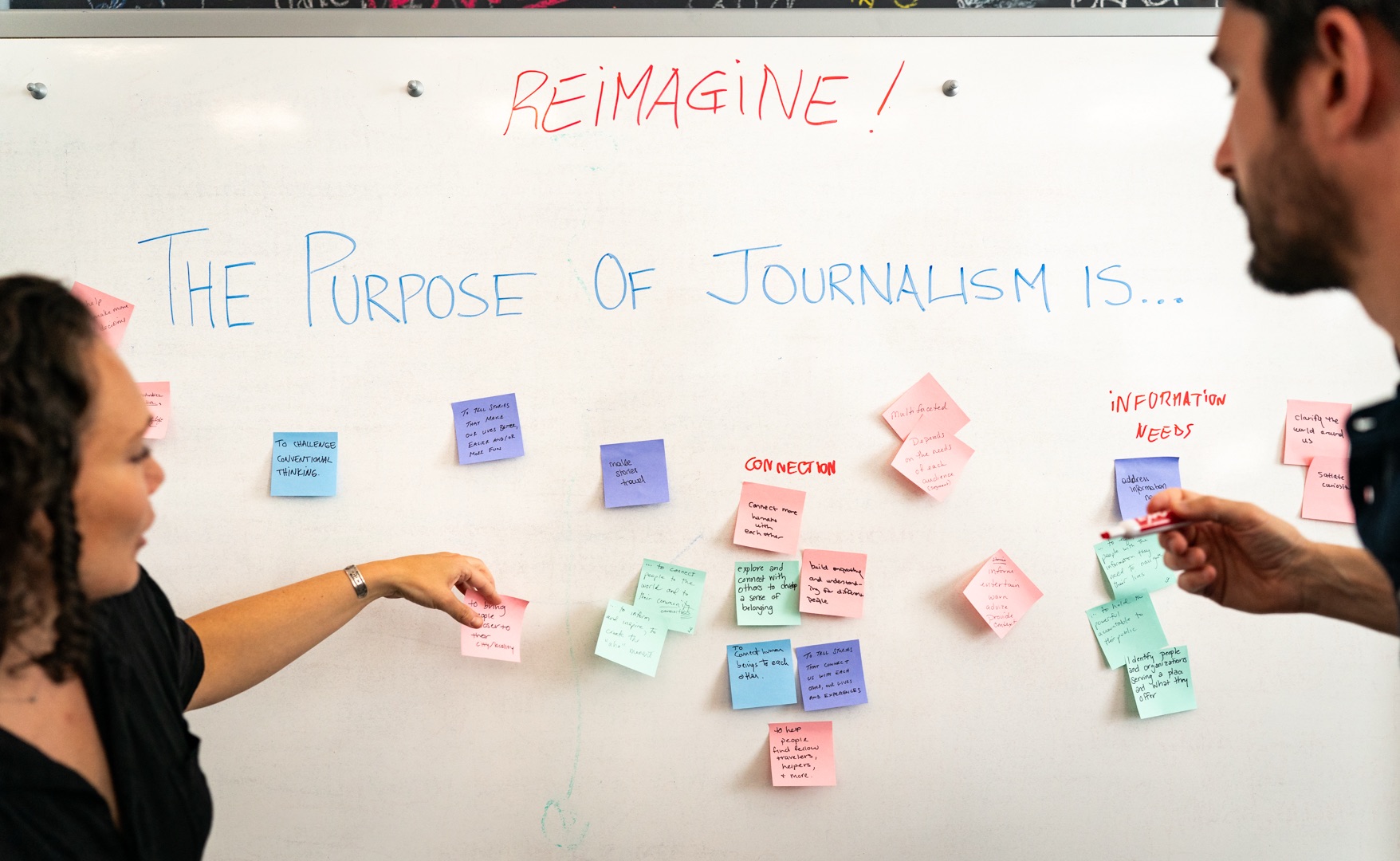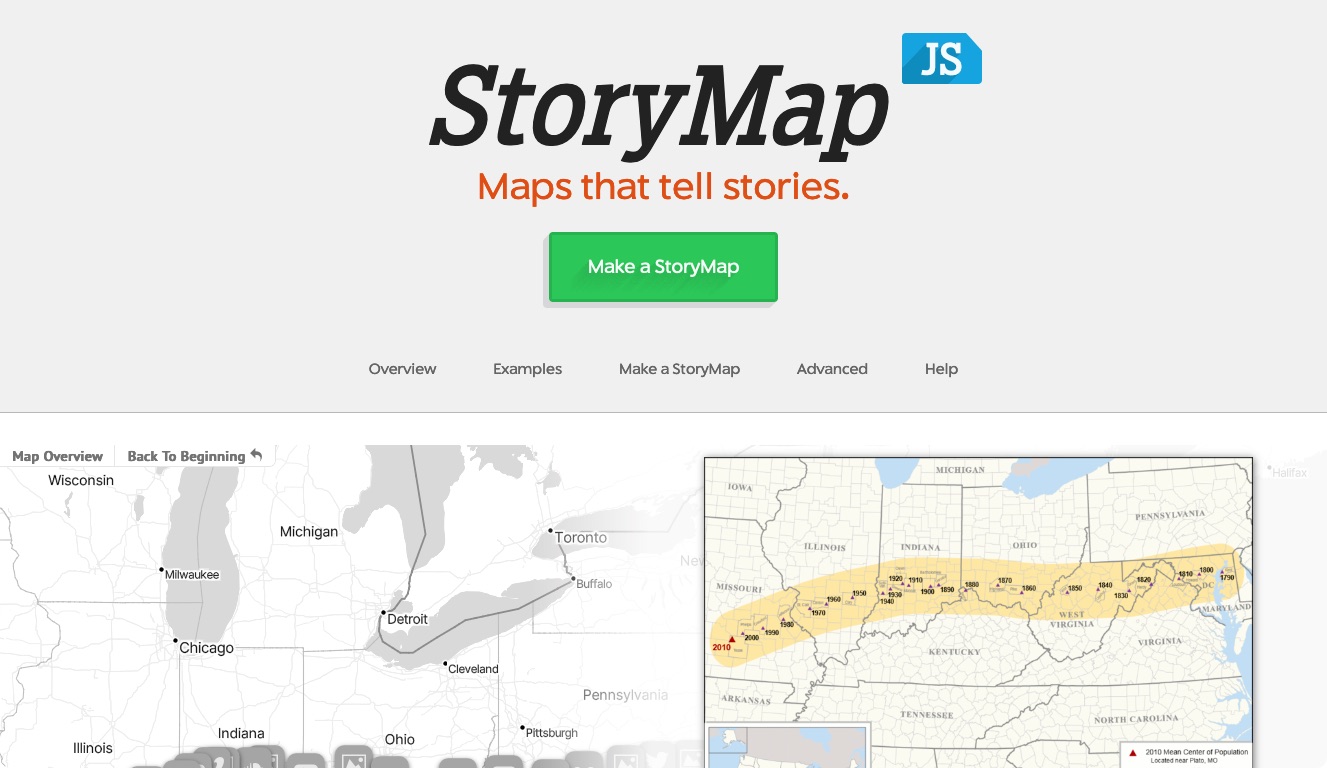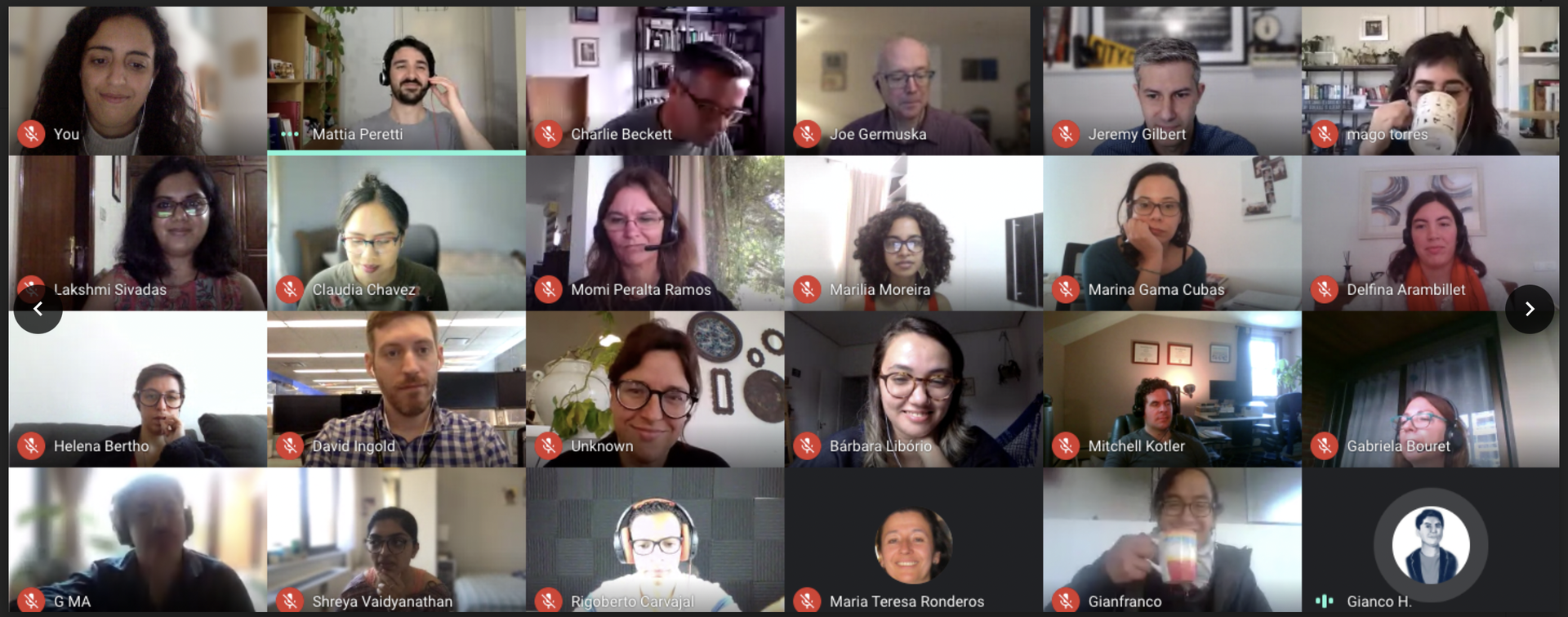[caption id="attachment_5488" align="alignnone" width="850"] The author's project from HackIllinois.[/caption]
The author's project from HackIllinois.[/caption]
Last weekend I participated in HackIllinois, a 36-hour hackathon hosted at University of Illinois at Urbana-Champaign. There wasn’t a set theme other than to create something awesome, which left participants open to hack on whatever they wanted — web apps, mobile apps, hardware hacks, and anything else you can imagine.
While all this creative freedom sounded great at first, my teammates and I — all first-time hackathon-goers — struggled to pin down an idea and decide which platform to go with. On top of that we were trying to take in as much of the hackathon experience as possible. Eventually we were able to figure it out and development went smoothly once we had a plan.
We ended up making One Day In, a web app that takes the hassle out of planning events when traveling by planning a daily itinerary for a trip in a city of your choice. Our motivation for this project came from our own frustrations when researching all the possible things to do in cities when we travel. The sheer number of possibilities made us wish that we actually had fewer things to choose from. One Day In provides users with a “take it or leave it” itinerary, and replaces the frustration of making decisions with the excitement of trying something unexpected.
After completing my first hackathon ever, here are five things that I learned and wish I had known beforehand:
1. Bring ideas
Whether it’s a full fledged feature list or just a bullet point list, you’ll want to come into the hackathon with a general idea of the areas you’ll want to work on. This will save you a lot of time flailing around in the beginning while you decide what to work on.
2. Talk to sponsors
At many hackathons, company sponsors will be there to promote their API and help teams out with technical challenges. Make sure to use them. If you spend 15 minutes talking to a rep about a problem, you might save yourself hours of debugging.
3. Don’t forget about design
Design definitely matters. A polished design can make up for some weakness on the technical side. We wanted to make a cool technology, but we were able to make it past more technically proficient teams to the second round and get a consolation prize from one of the sponsors for our design.
4. Have a good pitch
Having a cool product isn’t worth anything if you can’t get people excited about it, which means you’ll have to pitch it! Questions to think about: What problem are trying to solve? Who is the product serving? How will they use it?
Answer these questions in your pitch. Put those storytelling skills to good use!
5. Bring the essentials
While we all call them hackathons, the multi-day ones are basically giant sleepovers for nerds so don’t forget to pack stuff that you’d normally bring with you — a change of clothes, toothbrush/toothpaste, pillow, etc. You want to make sure you look fresh and clean when you demo your hack!
I had a great time at HackIllinois and learned way more than I thought I would going into it. I’d definitely recommend anyone interested in participating in a hackathon to take the leap and do it!
About the author
Tagged





